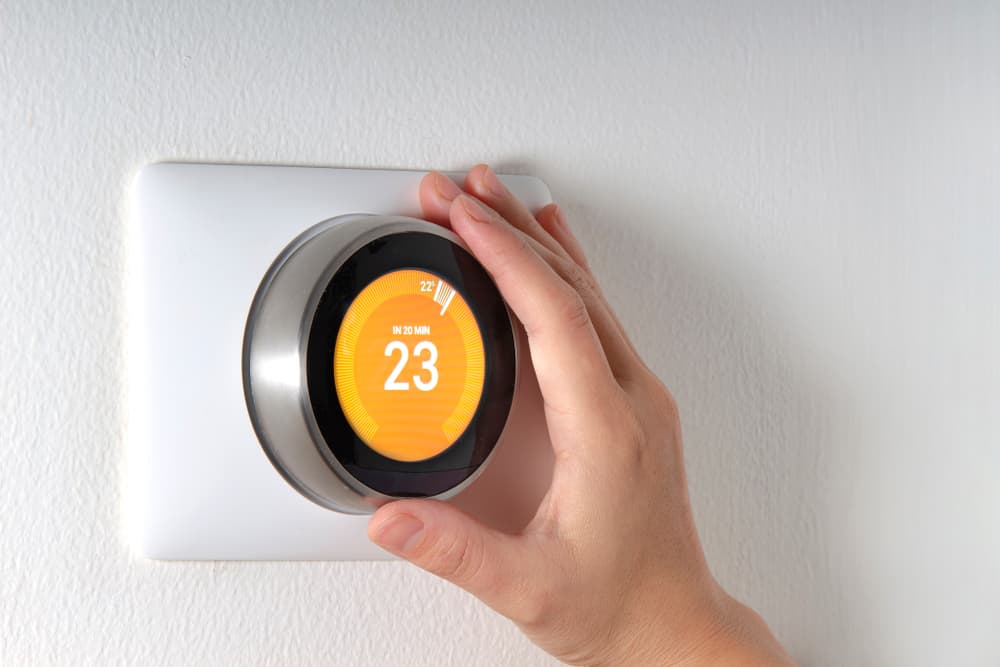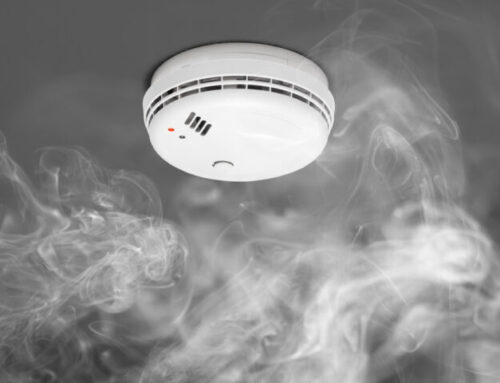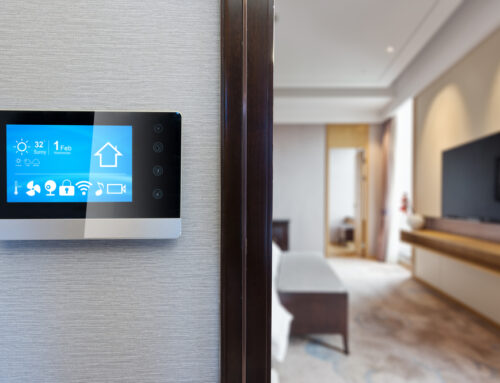
Did you know that most Canadian homes – approximately 65 percent of them – are heated by forced air furnaces? This is a unique type of home heating system that blows warm air from gas, oil, or electric furnace through ductwork and into each connected room. We’re all familiar with thermostats used to control such systems, but what if your furnace is turning on and off?
This is known as thermostat short cycling. Today, we’ll dive deeper into what it is, why it happens, and what you can do to address it while maintaining a more energy-efficient and comfortable home.
What is Short Cycling?
Short cycling is a phenomenon that occurs when your furnace and connected thermostat are working to avoid passing a pre-set temperature but are also trying to address a detected cool area. The typical culprit is a room connected to your ductwork that experiences colder temperatures. Most homeowners have rooms that are too cold in the winter or too warm during the summer months, and trying to heat them appropriately can make the temperature elsewhere in your home deviate from what you had set the thermostat to.
Why Does This Happen?
Inefficient ductwork is the most common cause of chillier rooms. There might not be sufficient airflow. Or, perhaps the layout of your ducts means most heat from your furnace is dispersing into all other rooms before it can reach the last one. You could also be encountering heat loss in that particular room due to several factors such as reduced heat from sunlight during the day, lack of insulation, leaks/drafts, or having large windows that reduce heat retention. The design of your home can, therefore, play a big role, including its orientation, deficiencies, and age.
Call IAQ Ottawa to get all of your rooms to the same regulated temperature and keep them there. We can help optimize your ducts for improved airflow. Contact us today for a thorough inspection and thermal imaging scan to identify why your thermostat is short cycling and to provide solutions to make your home more comfortable.






